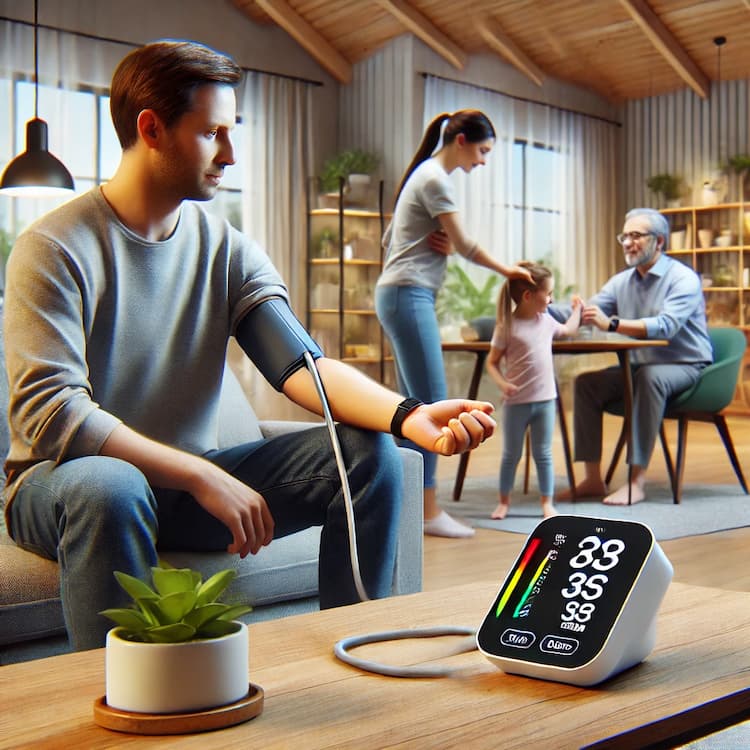Blood pressure monitoring has long been a cornerstone of preventive and diagnostic healthcare. With the advent of innovative technology, its future is being reshaped in unprecedented ways. From wearable devices and AI-driven analytics to remote monitoring systems, Impact of Technology on the Future of Blood Pressure Monitoring more accurate, accessible, and proactive.
Blood pressure is a key indicator of cardiovascular health, and regular monitoring can help detect and manage hypertension, a condition affecting over 1.28 billion adults worldwide according to the World Health Organization (WHO). Early detection prevents complications such as stroke, heart attack, and kidney disease.
Traditional vs. Modern Monitoring Approaches:

Wearables such as smartwatches and fitness trackers have revolutionized how we monitor health. Devices like the Apple Watch and Fitbit now include blood pressure sensors that provide continuous monitoring.
Advantages:
Artificial Intelligence (AI) enhances the accuracy of blood pressure predictions and trend analysis. Algorithms analyze vast datasets to identify patterns and provide personalized recommendations.
Applications:
Remote Patient Monitoring (RPM) enables healthcare providers to track patients’ blood pressure data in real time, bridging the gap between hospital visits.
Mobile apps have made blood pressure monitoring accessible to anyone with a smartphone. Apps like Qardio and Omron connect with digital monitors to store and analyze readings.
Benefits:
Cuffless devices measure blood pressure through optical sensors or ultrasound technology, offering greater comfort.
Examples:
Comparison of Traditional and Cuffless Monitoring:
| Aspect | Traditional | Cuffless |
|---|---|---|
| Accuracy | Highly accurate | Improving with AI |
| Comfort | Moderate | High |
| Cost | Moderate | Often higher initially |
| Accessibility | Requires training | Easy for anyone to use |
Technology-driven monitoring allows earlier detection of hypertension, reducing the burden of cardiovascular diseases. Studies show that continuous monitoring can lower systolic blood pressure by an average of 5-10 mmHg.
Wearables and mobile apps democratize access to health monitoring, particularly in remote or underserved areas. For example, digital health initiatives in India aim to provide affordable devices for rural populations.
By shifting to preventive care, remote monitoring reduces hospital visits and associated costs. The American Heart Association (AHA) estimates annual savings of up to $10 billion with widespread use of RPM systems.
Maintain Consistency